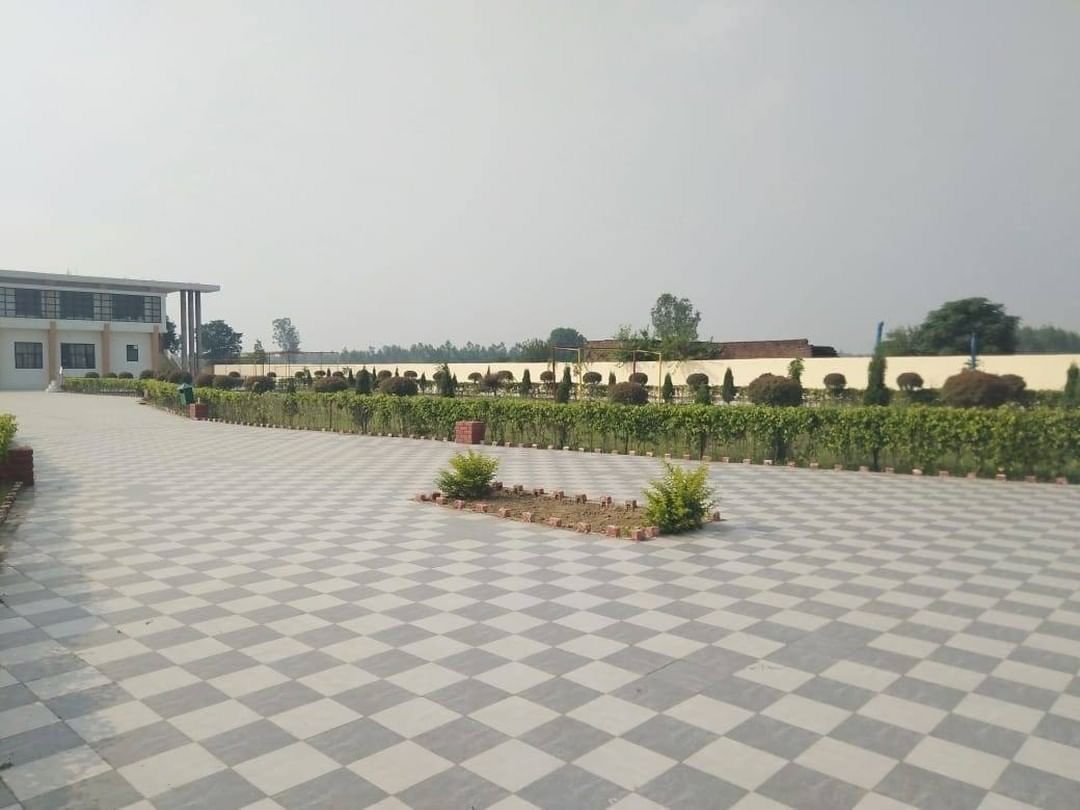Parking Areas
Designing effective parking areas involves ensuring functionality, safety, and accessibility for various users. Whether it’s for a school, office building, retail space, or residential complex, here are some key considerations for creating well-designed parking areas:
1. Layout and Design
a. ** Space Planning:
- Parking Configuration: Decide between parallel, perpendicular, or angled parking based on available space and traffic flow.
- Aisle Width: Ensure aisles are wide enough for vehicle maneuvering and to prevent congestion.
b. ** Capacity:
- Space Requirements: Calculate the number of spaces needed based on expected occupancy. Consider including extra spaces for future expansion or peak times.
c. ** Accessibility:
- ADA Compliance: Include accessible parking spaces close to entrances with appropriate signage and space for wheelchair maneuvering.
- Pathways: Design clear, safe pathways from parking areas to buildings, including ramps and crossings if needed.
2. Traffic Flow and Safety
a. ** Traffic Circulation:
- One-Way vs. Two-Way: Determine if one-way or two-way traffic flow is more efficient for the area.
- Signage: Use clear, visible signs for directions, speed limits, and parking rules.
b. ** Lighting:
- Adequate Illumination: Ensure the area is well-lit to enhance safety and security during night hours.
- Motion Sensors: Consider installing motion-activated lighting in less frequently used areas.
c. ** Pedestrian Safety:
- Crosswalks: Mark pedestrian crosswalks clearly and ensure they are placed at strategic locations.
- Speed Bumps: Install speed bumps or other traffic-calming measures to slow down vehicles.
3. Sustainability and Efficiency
a. ** Green Spaces:
- Landscaping: Incorporate trees, shrubs, and grass areas to improve aesthetics and provide shade.
- Rain Gardens: Use rain gardens or permeable paving to manage stormwater runoff and reduce environmental impact.
b. ** Energy Efficiency:
- Electric Vehicle (EV) Charging Stations: Include EV charging stations to accommodate electric vehicles.
- Solar Panels: Consider installing solar panels on nearby structures or as part of the parking canopy to generate renewable energy.
c. ** Space Optimization:
- Stacked Parking: For high-density areas, consider automated or mechanical parking systems that maximize space usage.
- Shared Parking: If applicable, use shared parking arrangements with nearby businesses or facilities.
4. Maintenance and Durability
a. ** Pavement Quality:
- Durable Materials: Use high-quality materials for paving to withstand heavy traffic and weather conditions.
- Regular Maintenance: Schedule routine maintenance to repair cracks, potholes, and other issues.
b. ** Drainage:
- Effective Drainage: Ensure proper drainage to prevent water pooling and damage to the pavement.
- Catch Basins: Install catch basins or drains to manage rainwater runoff.
5. Security and Surveillance
a. ** CCTV Cameras:
- Monitoring: Install surveillance cameras to enhance security and monitor activity in the parking area.
- Visibility: Ensure cameras cover all key areas, including entrances, exits, and isolated spots.
b. ** Emergency Call Stations:
- Accessibility: Place emergency call stations or intercoms at strategic locations for safety.
6. Additional Features
a. ** Bicycle Parking:
- Racks: Provide bike racks or lockers for cyclists.
- Covered Areas: Consider providing sheltered areas for bike parking.
b. ** Signage and Information:
- Clear Markings: Use clear and consistent markings for parking spaces, including reserved and accessible spots.
- Information Boards: Provide information boards with parking rules, contact details, and directions.
c. ** Event Parking:
- Flexible Design: For locations that host events, design parking areas to accommodate varying numbers of vehicles and include overflow options.
Example Layouts
- Retail Parking Lot: Features a mix of angled and perpendicular spaces with clear pedestrian pathways and lighting.
- School Parking Lot: Includes designated drop-off/pick-up zones, accessible parking, and safety zones for student crossing.
- Office Building: Incorporates both standard and visitor parking spaces, EV charging stations, and secure bike racks.

.jpeg)

.jpeg)
.jpeg)
